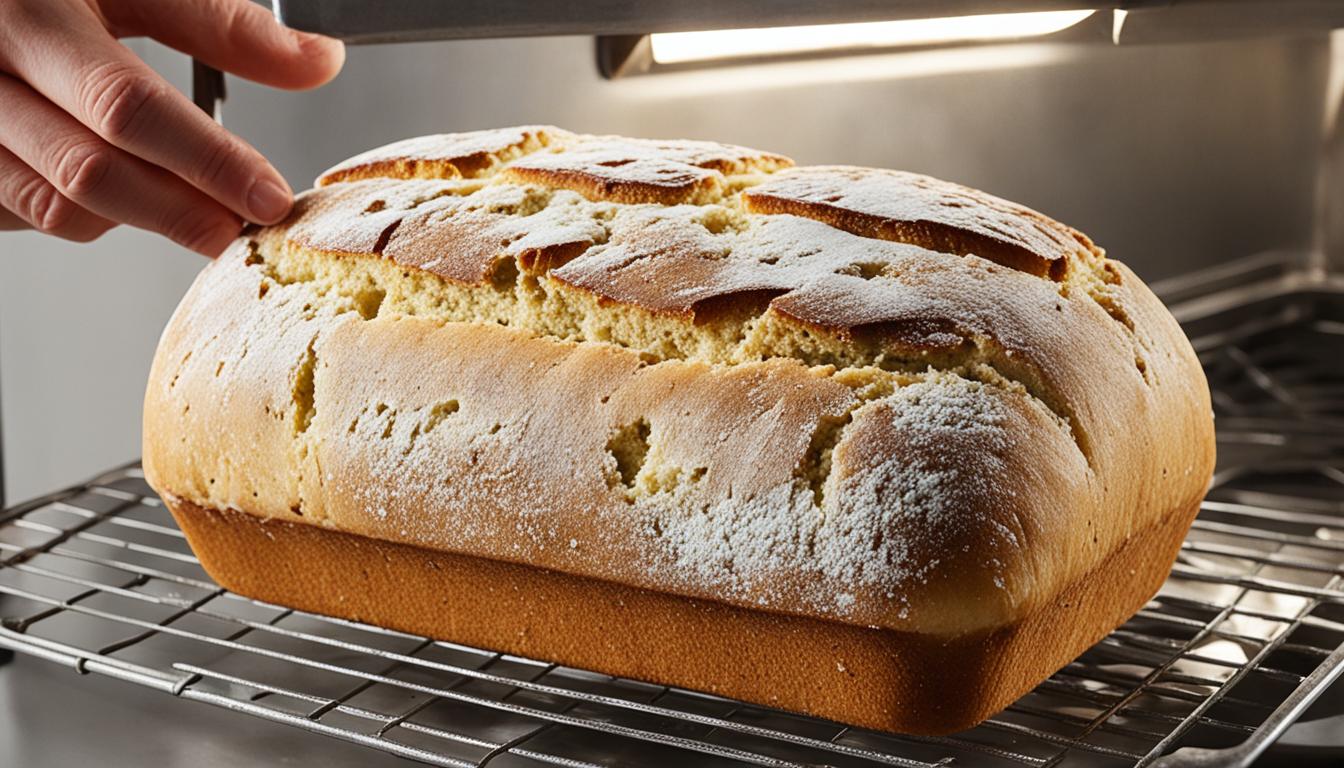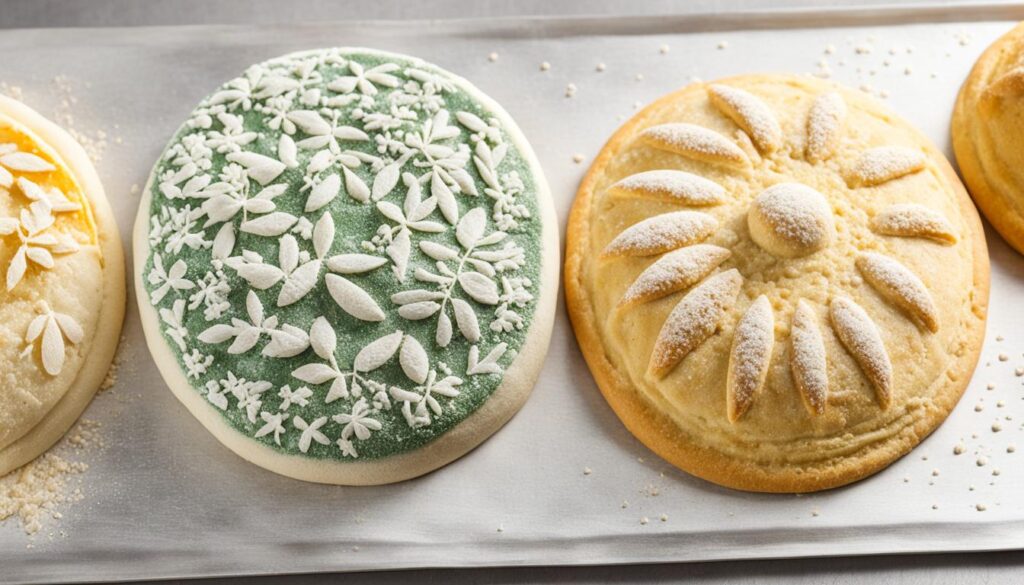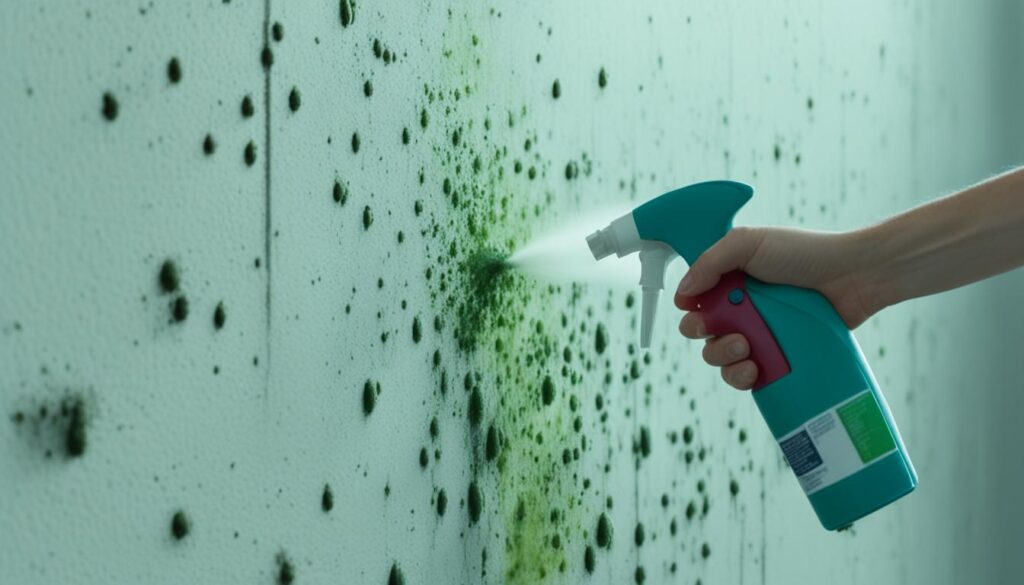
Mastering the Art of baked Mold
Welcome to an exciting journey into the realm of baked mold management. In the world of culinary adventures, understanding how to prevent and resolve mold issues is essential for creating exceptional baked treats that tantalize the taste buds. In this article, we will guide you through the fundamentals of baked mold management and equip you with expert techniques to ensure your creations are mold-free and of the highest quality.
Whether you are a seasoned baker or a passionate home cook, the presence of mold can significantly impact the flavor, texture, and overall appeal of your baked goods. Mold not only affects the aesthetics but may also pose health risks. Therefore, it is crucial to develop a comprehensive understanding of baked mold and implement effective strategies to combat its presence.
By addressing various aspects of mold management, including prevention and resolution, you will be equipped to navigate the challenges that arise when working with baked mold. So, let’s dive in and unlock the secrets to creating delectable, mold-free delights that will impress even the most discerning palates.
Key Takeaways:
- Understanding the implications of baked mold in the culinary world
- Implementing effective prevention strategies to keep mold at bay
- Identifying potential problem areas and conducting mold assessments
- Utilizing strategies and solutions for resolving mold issues
- Elevating your culinary adventures with mold-free creations
Understanding Baked Mold and its Culinary Implications
When it comes to baking, understanding the concept of baked mold is crucial for achieving exceptional culinary creations. Baked mold refers to the growth of mold in baked goods, which can have significant implications for their taste, texture, and overall quality.
So, how does baked mold form? Mold, a type of fungus, thrives in moist environments with organic matter. When baked goods contain moisture and are not properly stored or handled, they become susceptible to mold growth. The spores present in the environment can settle on the surface of the baked goods and start multiplying, leading to the formation of visible mold.
The culinary implications of baked mold are far-reaching. Mold-infested baked goods can develop unpleasant flavors and odors, altering the taste profile of your creations. Additionally, the texture can be compromised, resulting in a less enjoyable eating experience. Moreover, consuming moldy baked goods can pose health risks, particularly for individuals with allergies or weakened immune systems.
Recognizing the potential impact of baked mold on your culinary endeavors is essential for maintaining the highest standards of quality and safety. By understanding how baked mold forms and the implications it has on your baked goods, you can take proactive measures to prevent its occurrence and preserve the integrity of your creations.

Prevention Strategies: Keeping Mold at Bay
When it comes to baking endeavors, preventing mold is crucial for maintaining the quality and freshness of your creations. Implementing effective prevention strategies can help you keep mold at bay and ensure a mold-free baking environment. In this section, we will explore the importance of mold assessments, how to identify potential problem areas, and provide practical tips to help you maintain a mold-free baking space.
The Importance of Mold Assessments
Before diving into prevention strategies, it’s essential to understand the significance of mold assessments. Conducting regular assessments allows you to identify any existing mold issues or potential areas of concern in your baking environment. By assessing the presence of mold and determining the underlying causes, you can take proactive measures to prevent its growth and protect your baked goods.
Identifying Potential Problem Areas
Identifying potential problem areas is an essential step in mold prevention. These areas are prone to moisture buildup, which provides an ideal breeding ground for mold. Pay close attention to spaces such as corners, crevices, and areas near water sources like sinks or refrigerators. Regularly inspect and clean these areas to prevent moisture accumulation and minimize the risk of mold growth.
Additionally, ensure proper ventilation in your baking area to control humidity levels. High humidity can contribute to mold growth, so investing in a dehumidifier or using exhaust fans can help maintain a drier environment.
Practical Tips for a Mold-Free Baking Environment
Here are some practical tips that can help you maintain a mold-free baking environment:
- Store ingredients and baked goods in airtight containers to prevent moisture absorption.
- Clean and sanitize baking tools, equipment, and surfaces regularly to eliminate any potential mold spores.
- Ensure proper food handling, storing, and disposal practices to avoid cross-contamination and minimize the risk of mold growth.
- Avoid leaving wet or damp utensils, towels, or cloths lying around, as they can promote mold growth.
- Regularly inspect and clean your oven, ensuring it is free from food debris and mold-friendly conditions.
By following these prevention strategies and incorporating them into your baking routine, you can significantly reduce the chances of mold infestation and create delicious baked goods with peace of mind.
Now that we have covered prevention strategies, in the next section, we will delve into effective strategies and solutions for resolving mold issues should they arise in your baking process. Stay tuned!
Resolving Mold Issues: Strategies and Solutions
When mold issues arise in your baking process, it’s crucial to take immediate action to address them effectively. Mold growth not only compromises the quality and safety of your baked goods but can also have adverse health effects. In this section, we will explore strategies and solutions for resolving mold issues in your culinary endeavors.
Mold Remediation Techniques
If you discover mold in your baking area or on your equipment, it’s important to follow proper mold remediation techniques to ensure thorough removal and prevent further contamination. Here are some key steps to consider:
- Isolate the affected area: Use plastic sheets or barriers to prevent the spread of mold spores to other parts of your kitchen.
- Wear protective gear: Put on gloves, goggles, and a respiratory mask to minimize exposure to mold spores.
- Clean and disinfect: Use mold-specific cleaning solutions or a mixture of bleach and water to clean affected surfaces. Scrub thoroughly to remove visible mold and kill any remaining spores.
- Dry the area: Mold thrives in damp environments, so ensure the area is properly dried to discourage future mold growth.
- Monitor and maintain: Regularly inspect your baking area for signs of mold and take proactive measures to prevent any recurrence.
Salvaging Moldy Baked Goods
While moldy baked goods may seem beyond repair, there are instances where you can salvage them with the right approach. Here are some expert recommendations:
“If you spot mold on a small portion of your baked goods, you can attempt to salvage the unaffected portions. Carefully remove the moldy part and ensure no spores contaminate the rest of the batch. However, exercise caution and use your judgement. If mold has penetrated the entire item or if you’re uncertain about the type of mold present, it’s best to discard the entire batch to prioritize safety.” – Chef Emily Thompson
Remember, safety should always be your top priority when dealing with moldy baked goods. When in doubt, it’s better to err on the side of caution and discard any items that may pose a risk to your health or your customers’ well-being.

By implementing these strategies and solutions for resolving mold issues, you can effectively tackle mold growth in your baking process. Maintaining a mold-free environment is essential for ensuring the quality, safety, and success of your culinary creations.
Conclusion
In conclusion, this article has provided valuable insights into the world of baked mold management. Through a comprehensive understanding of the nature of baked mold, implementing preventive measures, and having effective strategies to address mold issues, you can ensure the quality and safety of your baked creations.
By being aware of the potential implications of baked mold on the taste, texture, and overall quality of your baked goods, you can take proactive steps to prevent mold issues from arising in the first place. Regular mold assessments, identifying problem areas, and maintaining a mold-free environment are key to successful mold prevention.
However, in the event that mold issues do occur, it is crucial to have the knowledge and tools to resolve them effectively. From mold remediation techniques to salvaging moldy baked goods, being equipped with the right strategies and solutions will enable you to overcome mold-related challenges with confidence and continue your culinary adventures.




